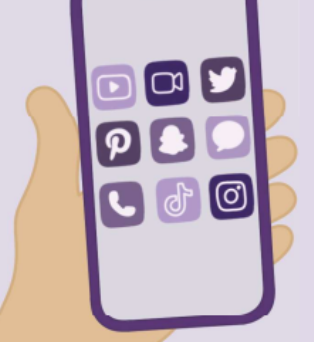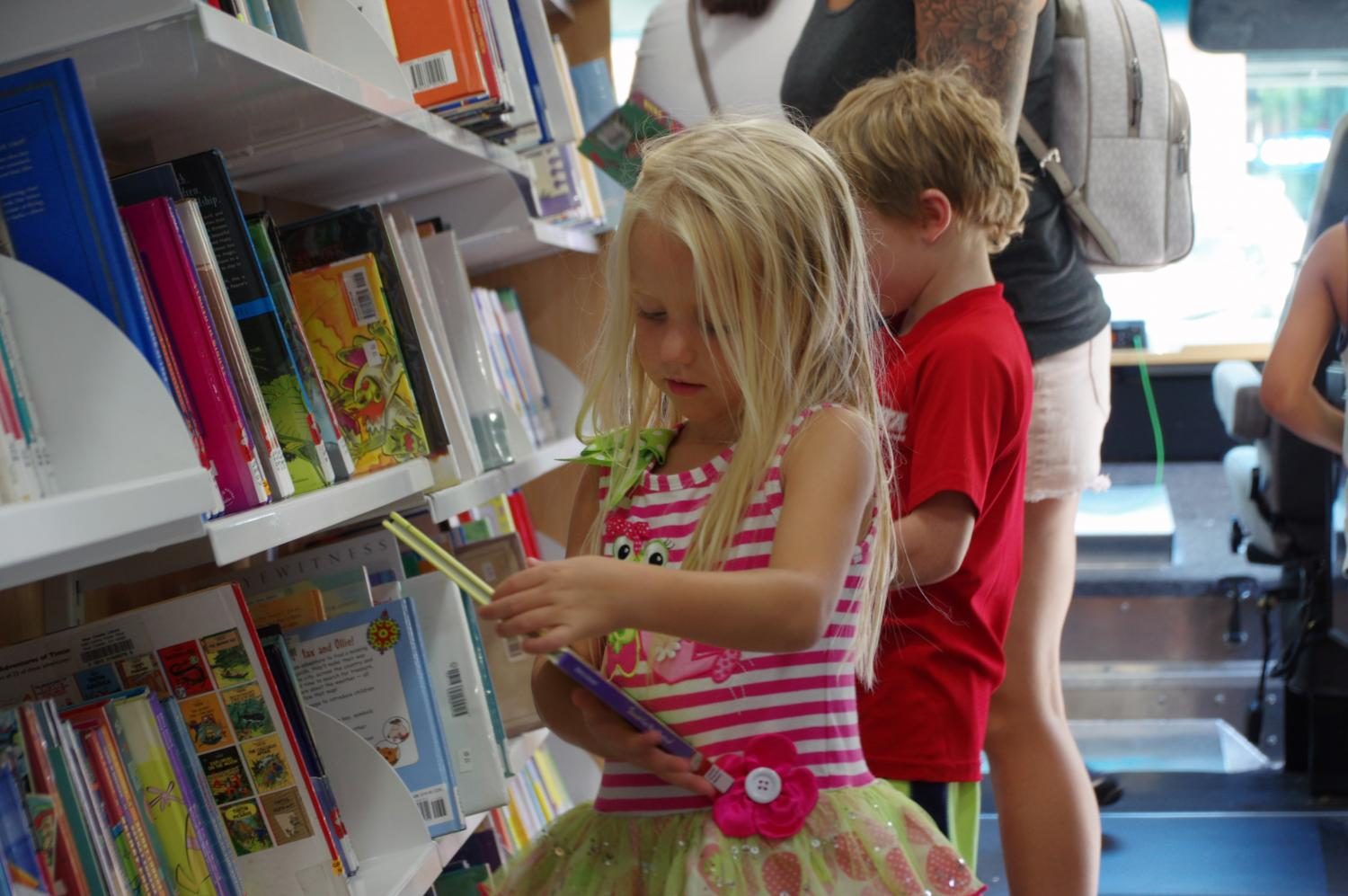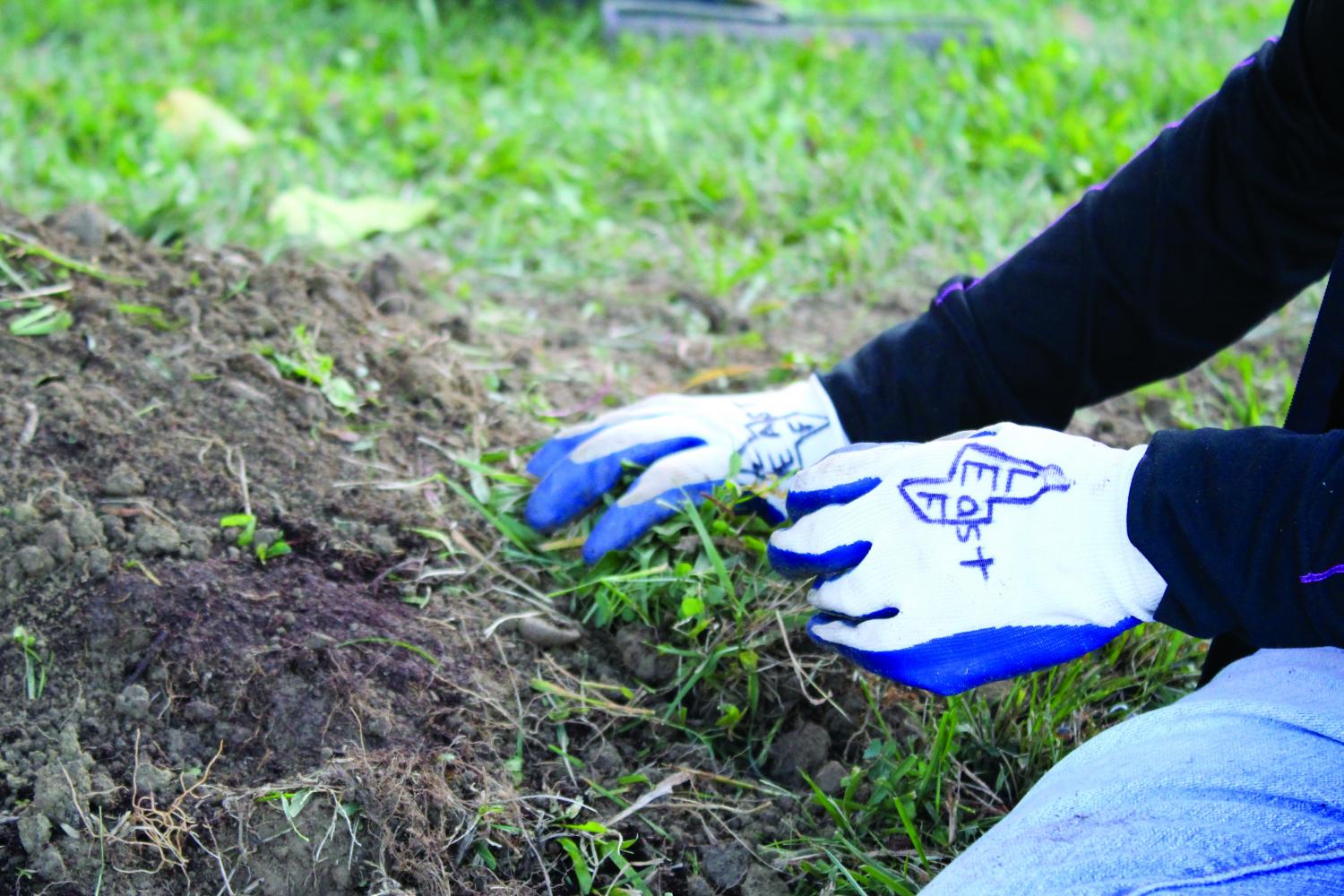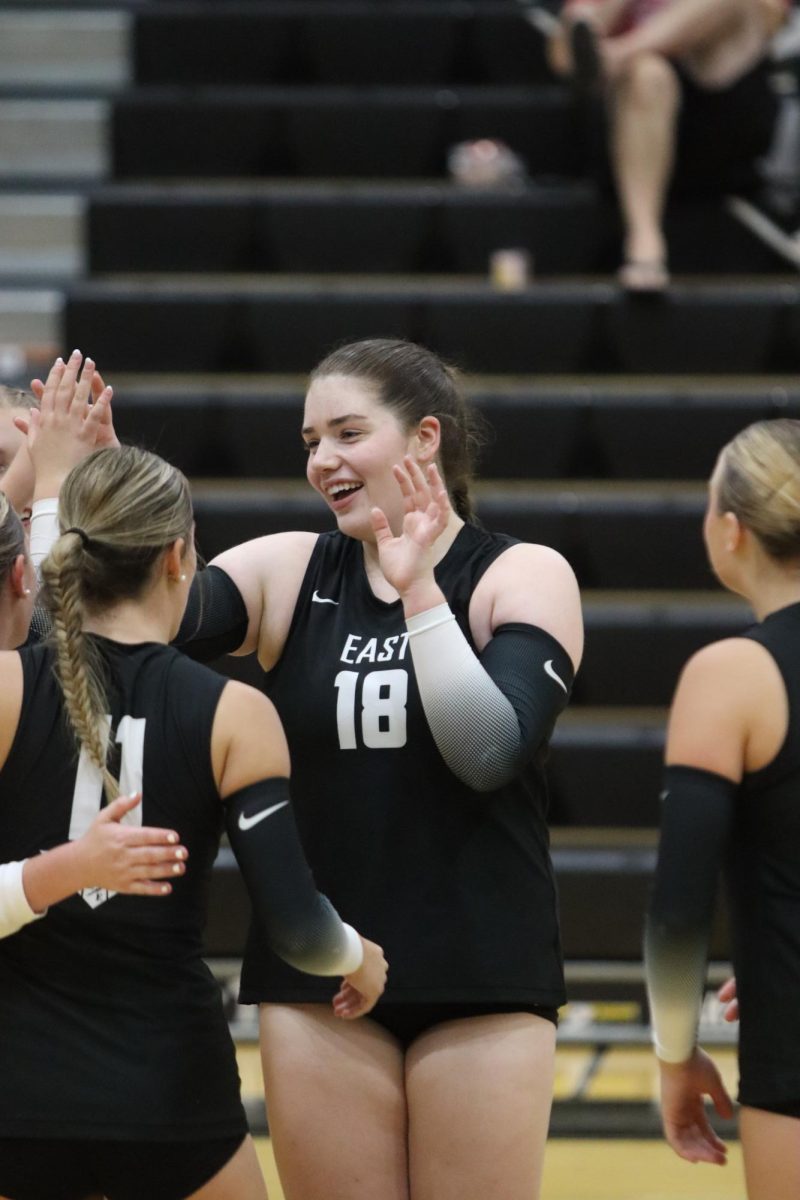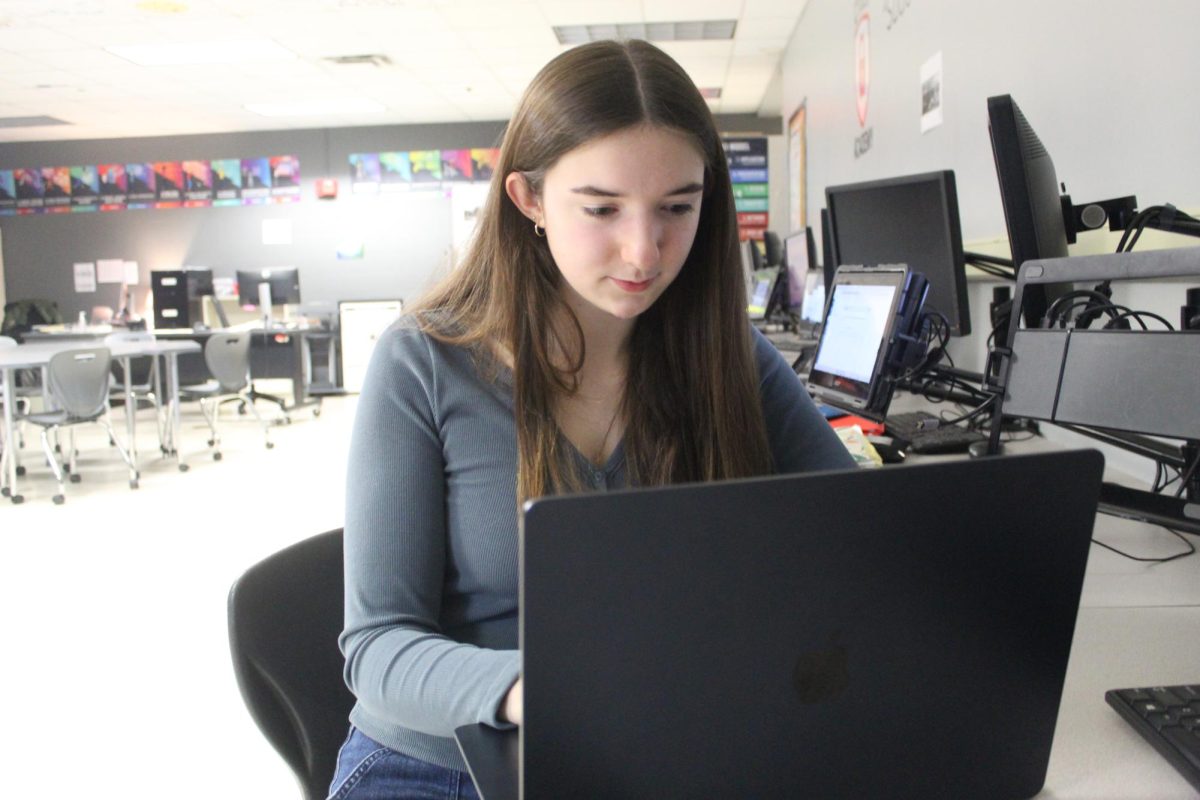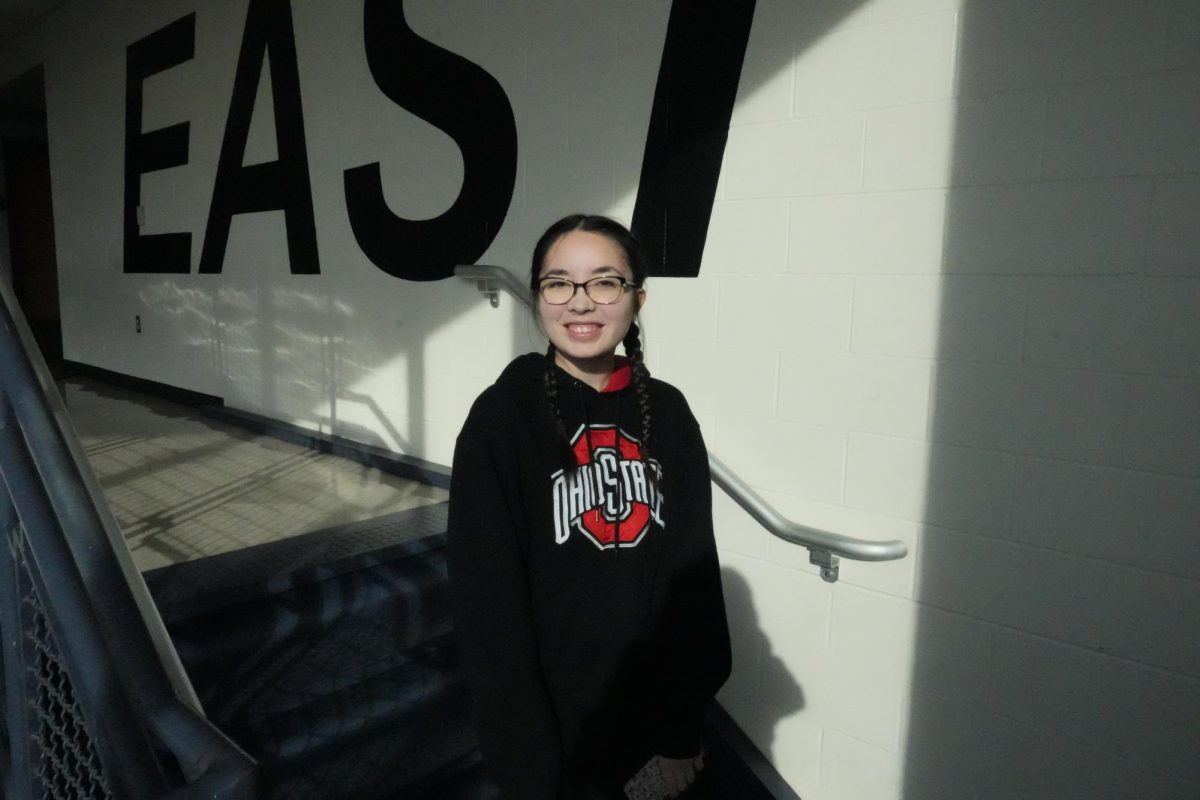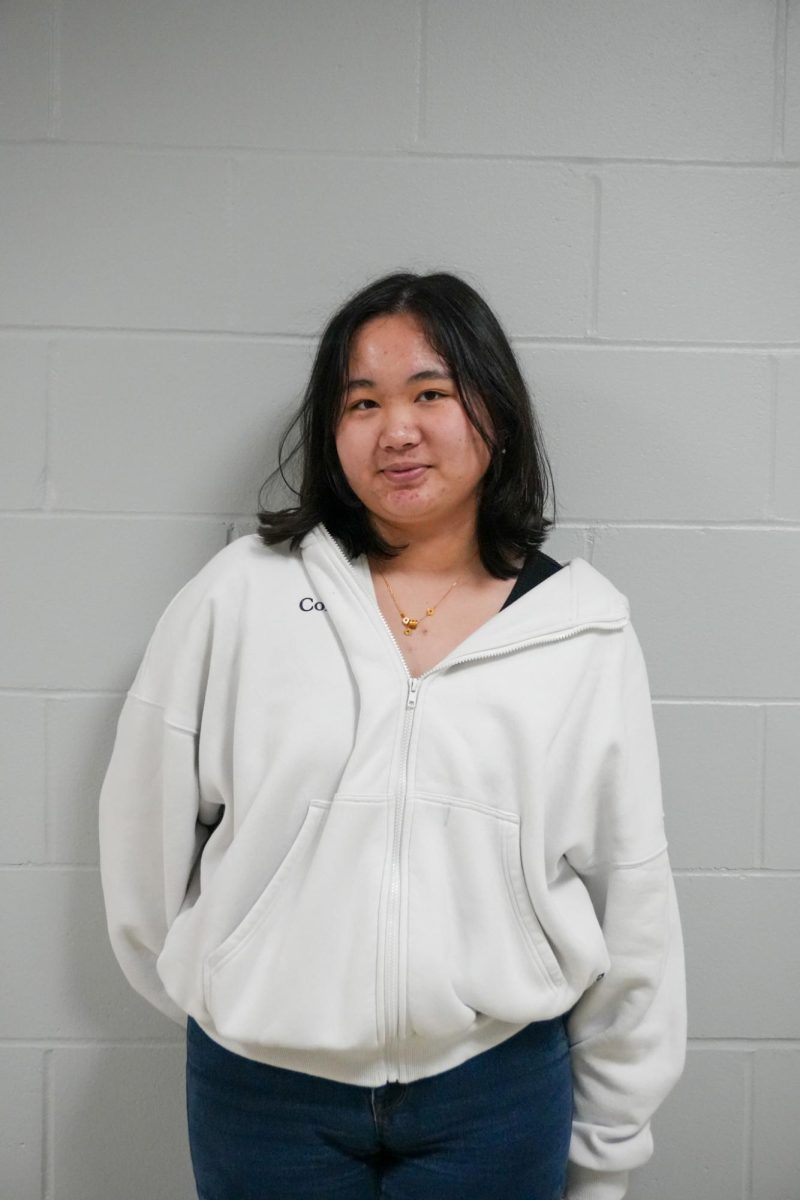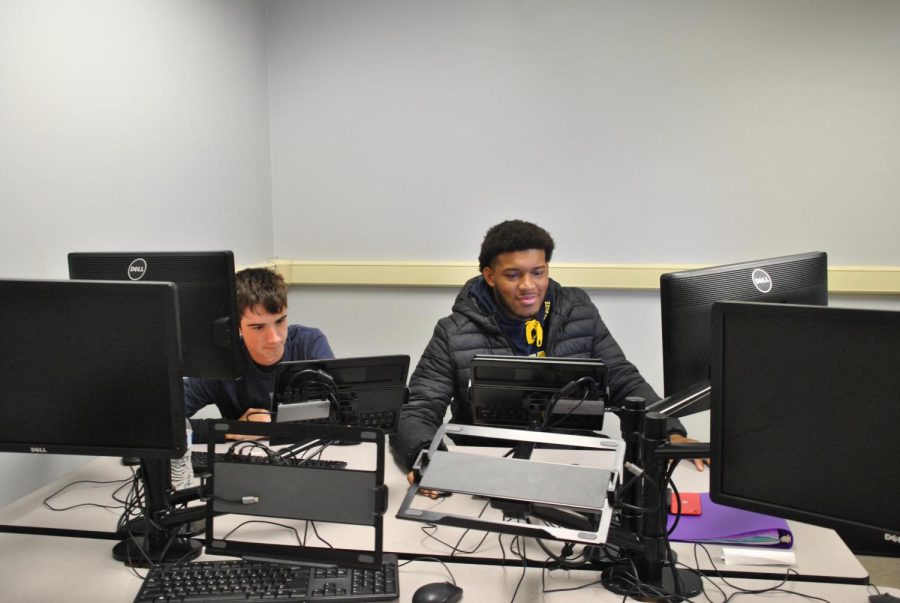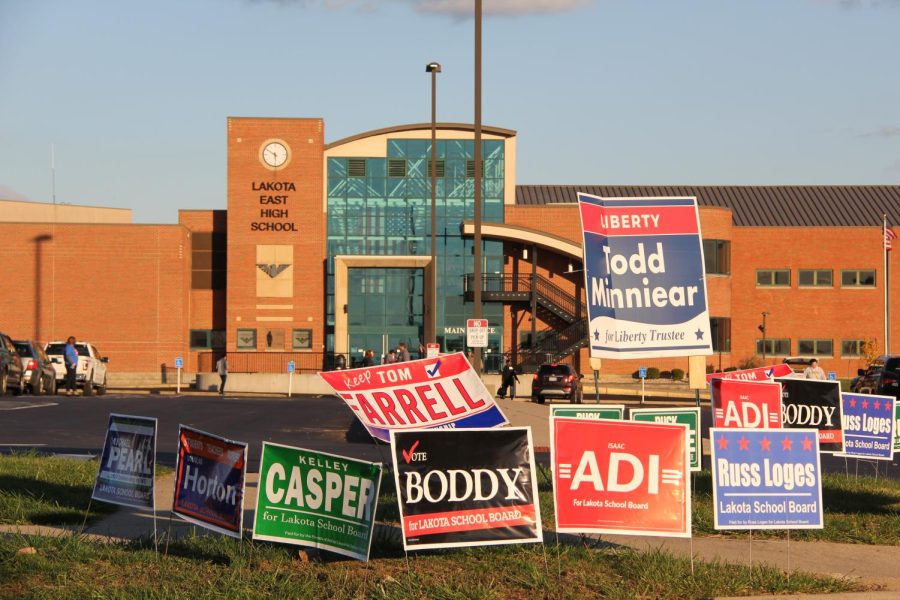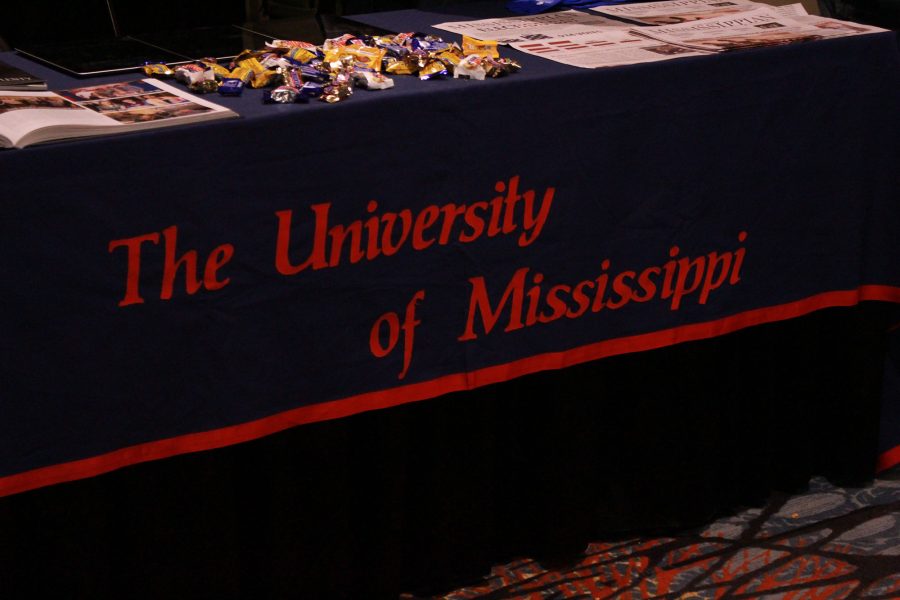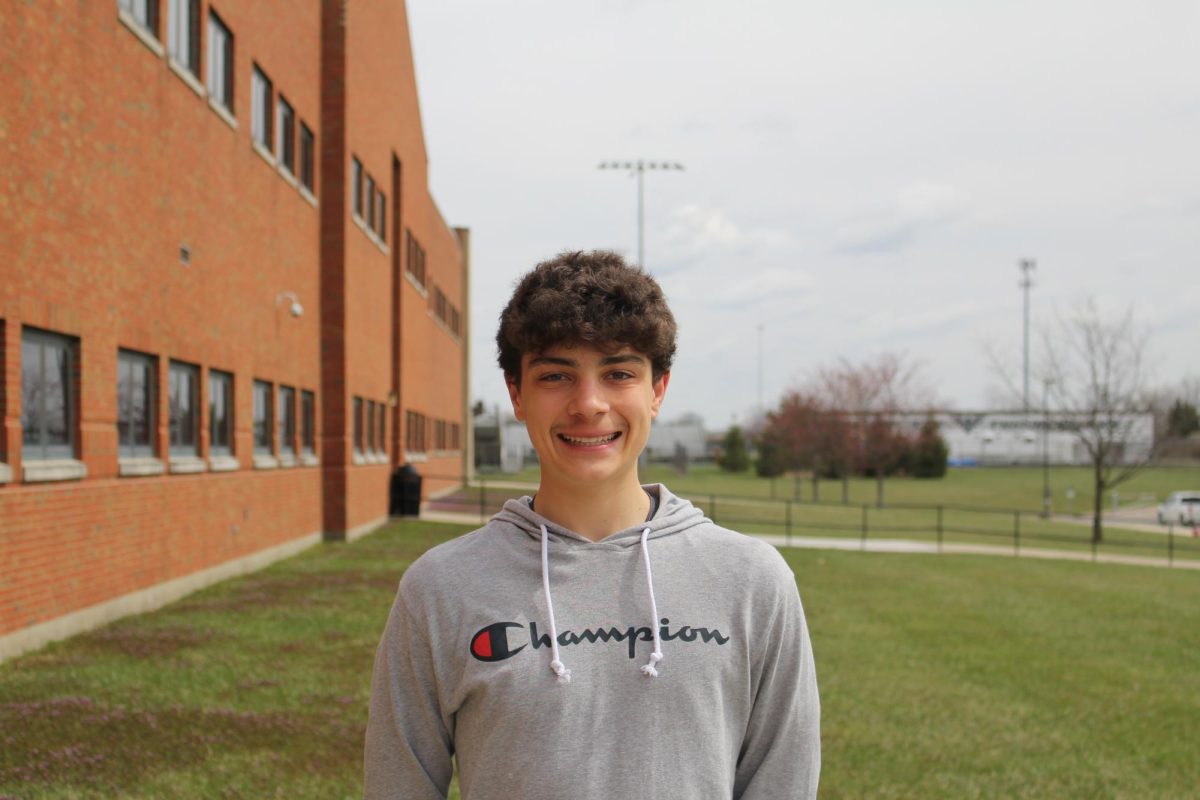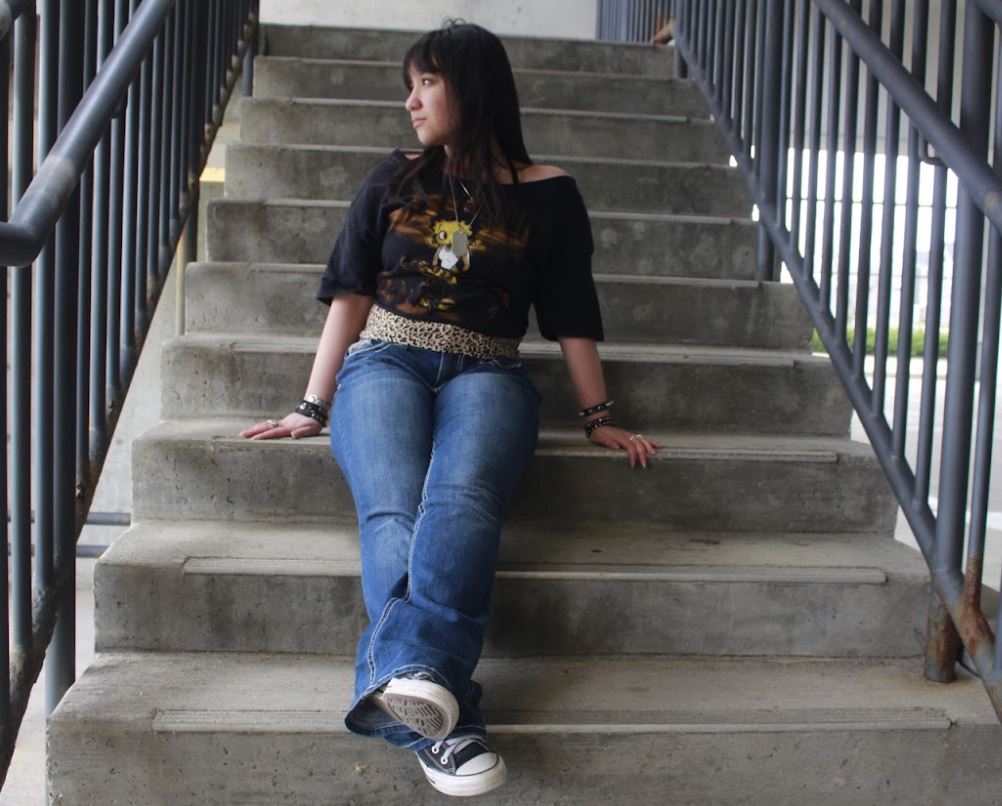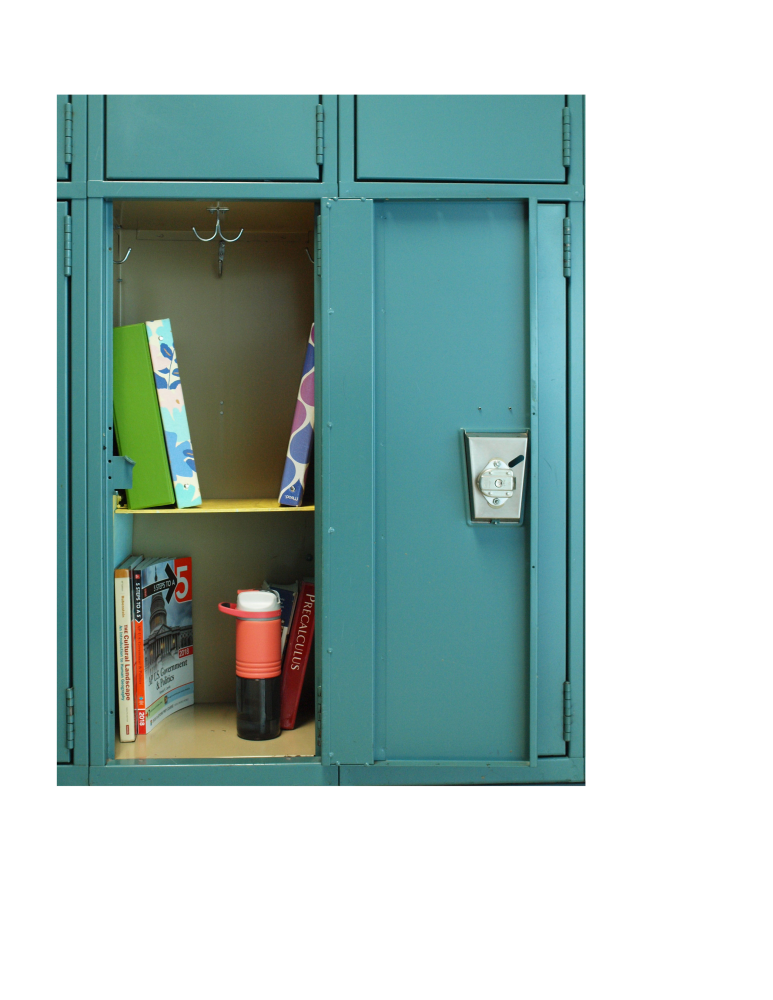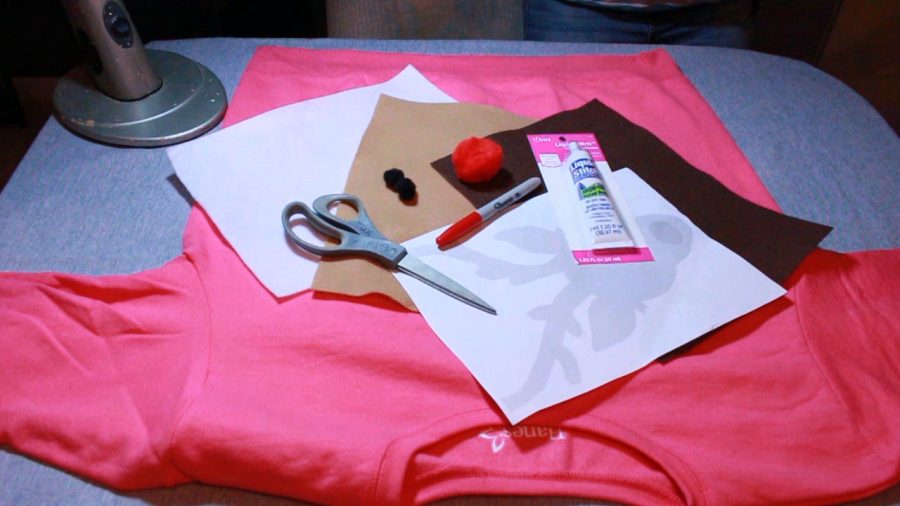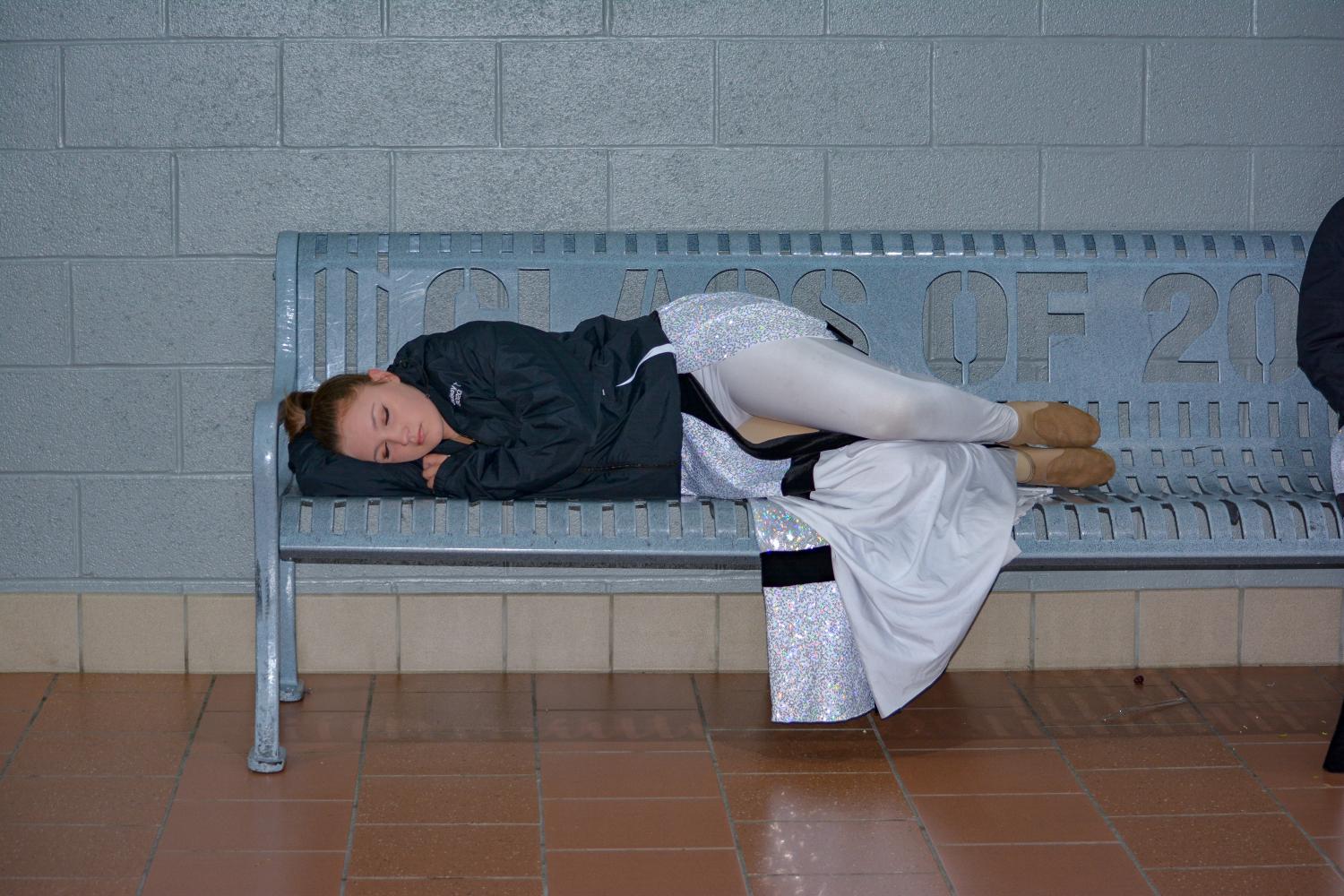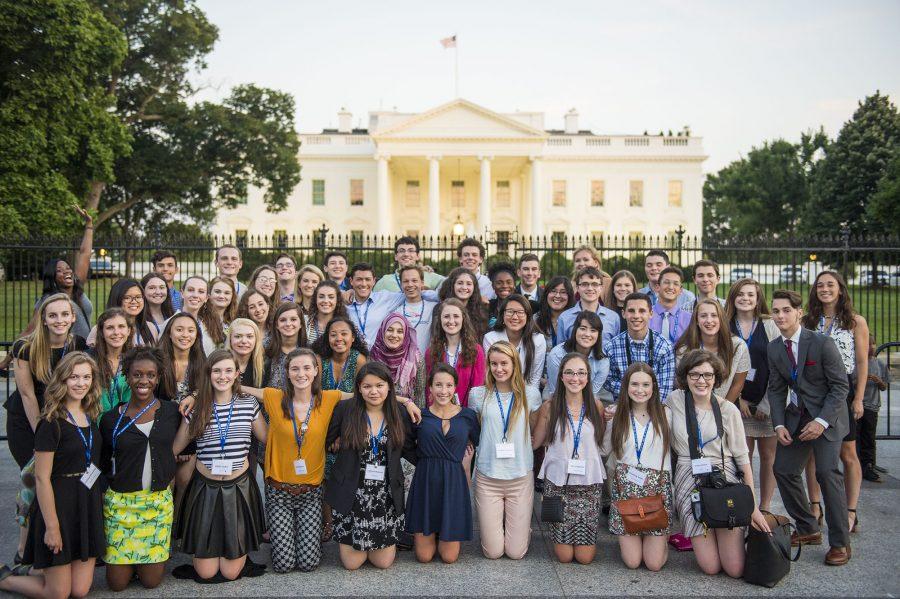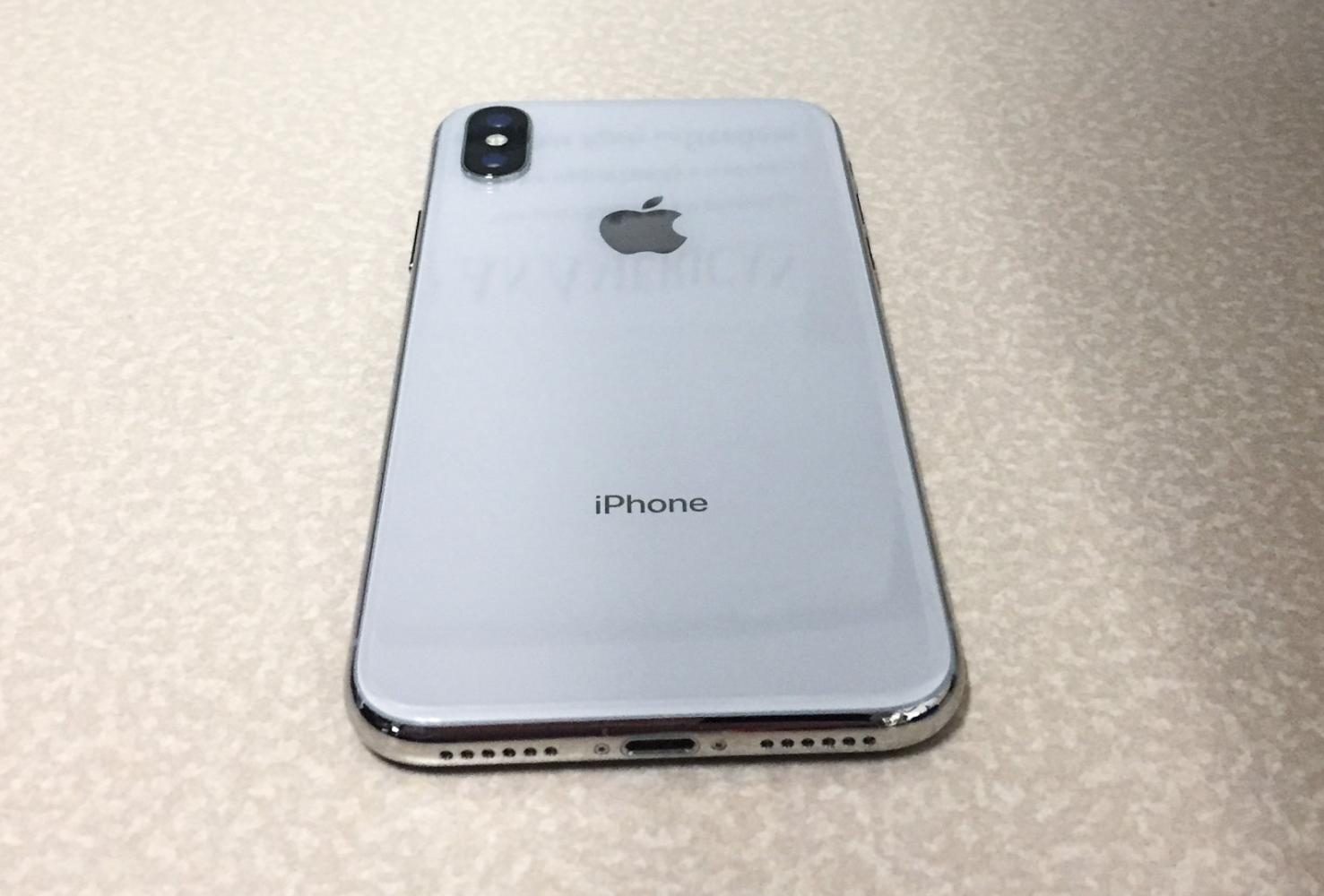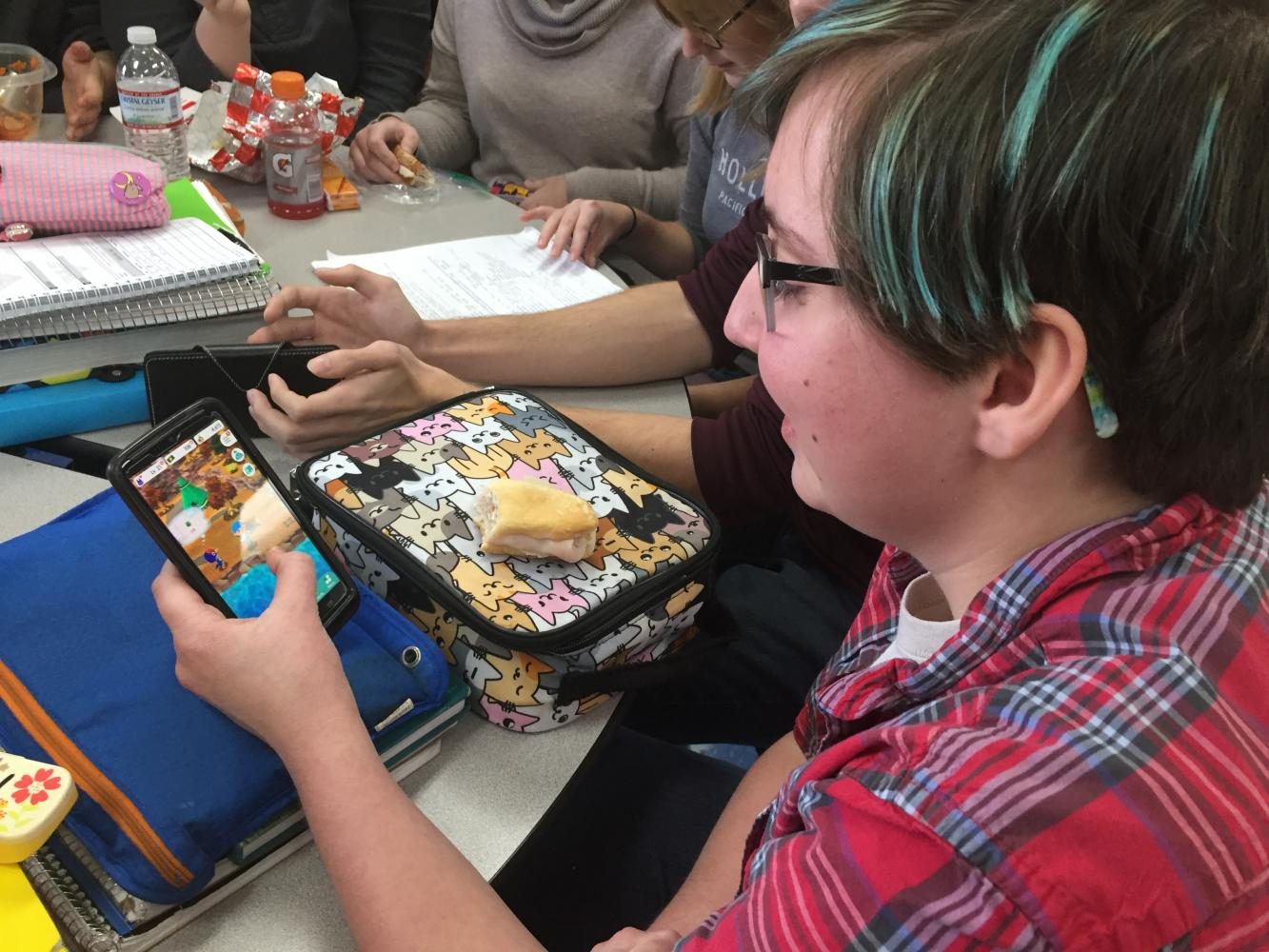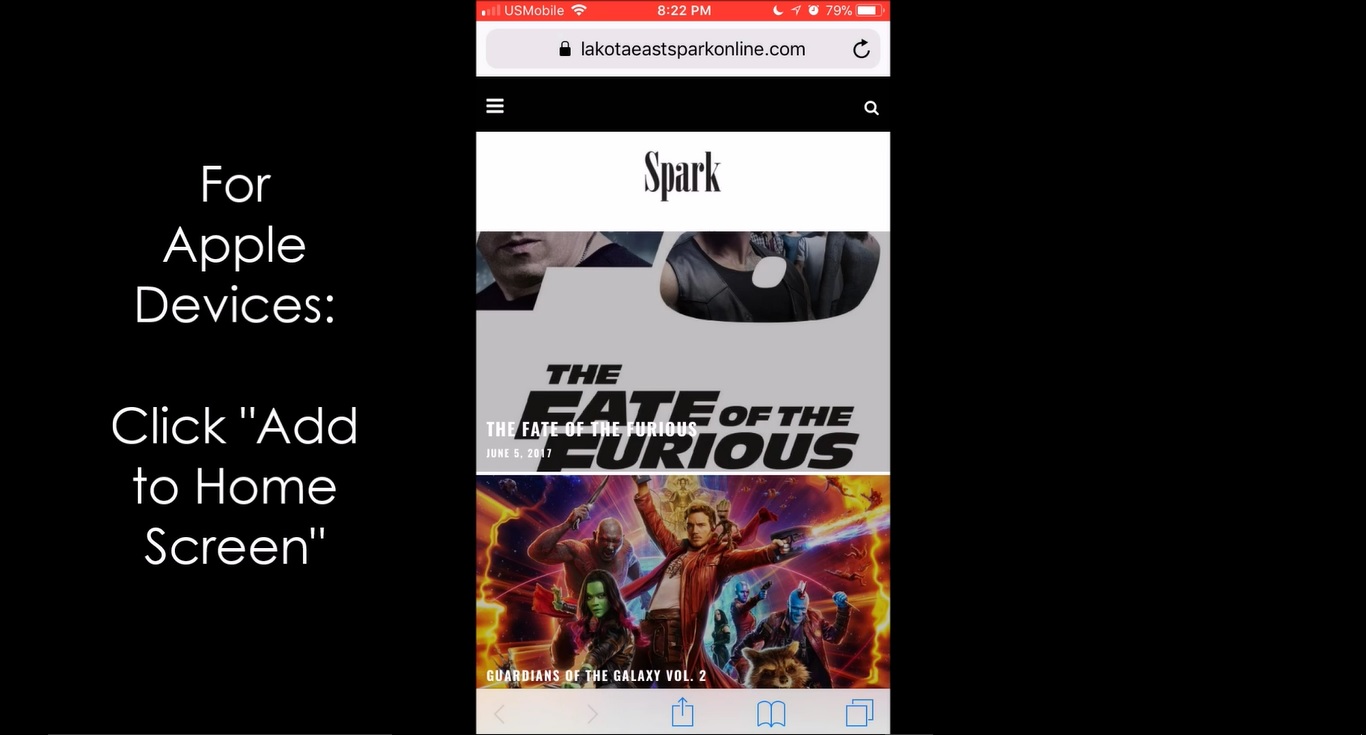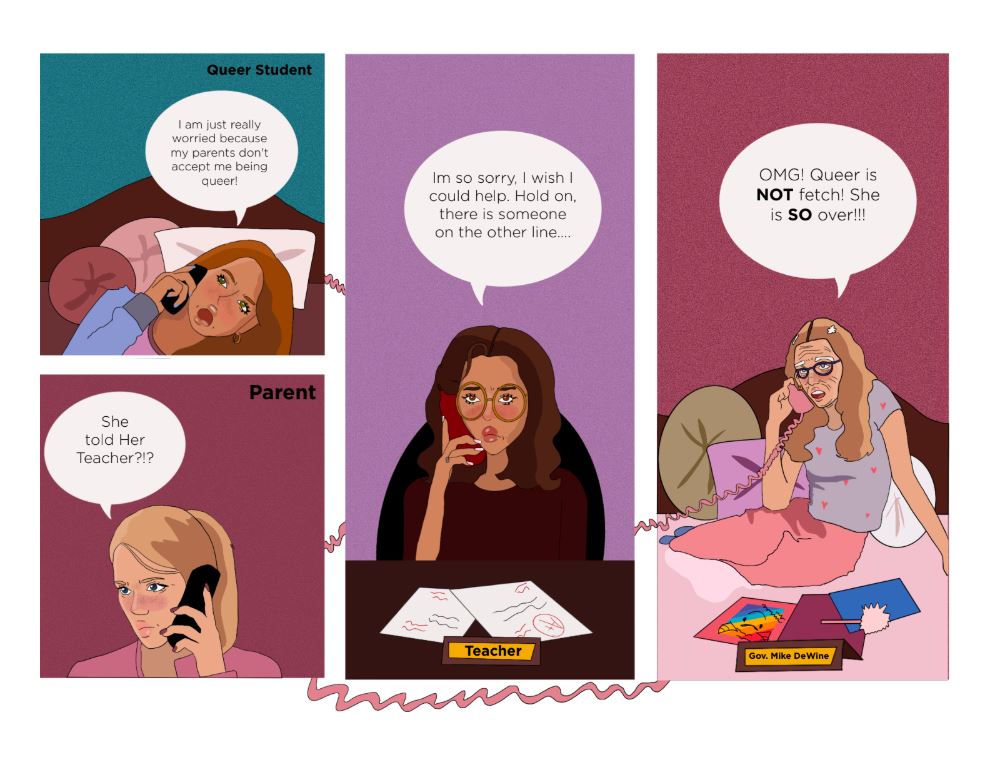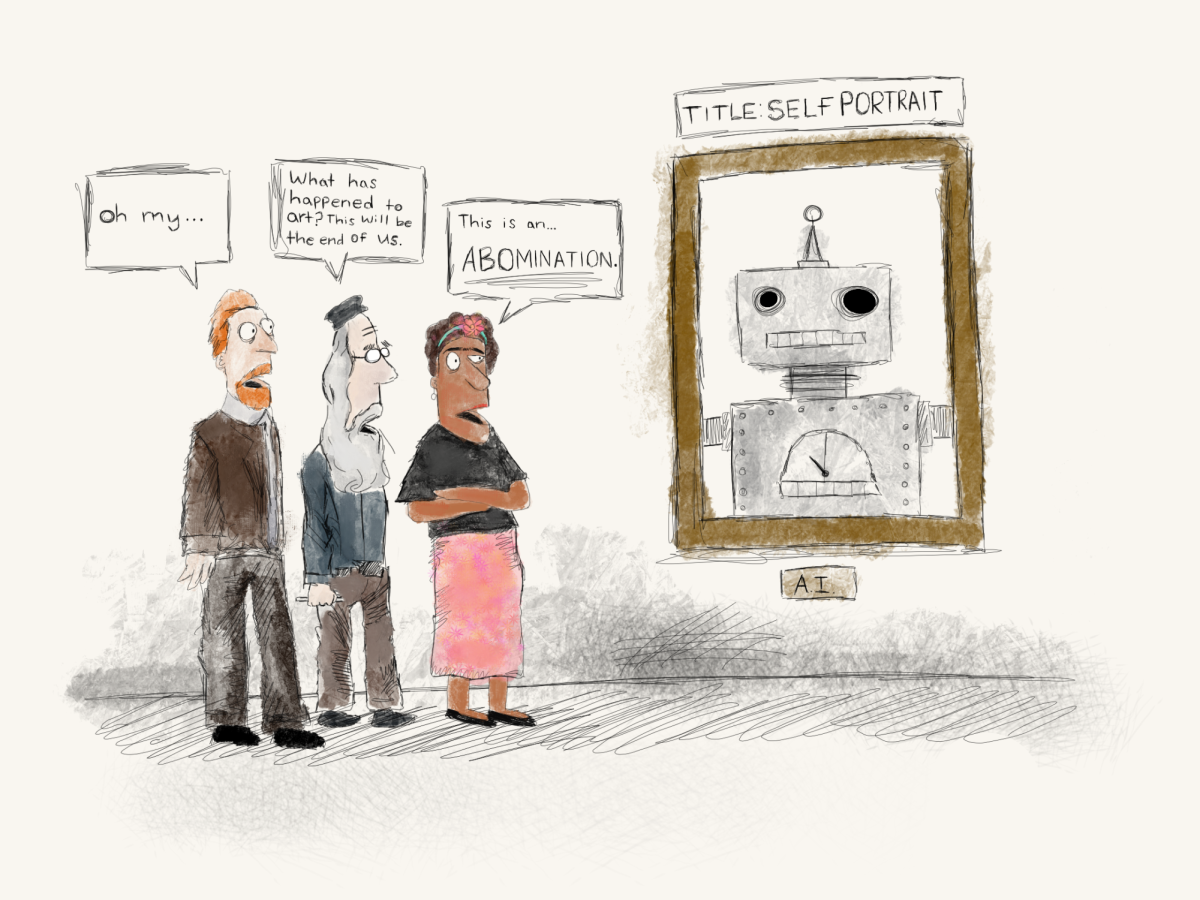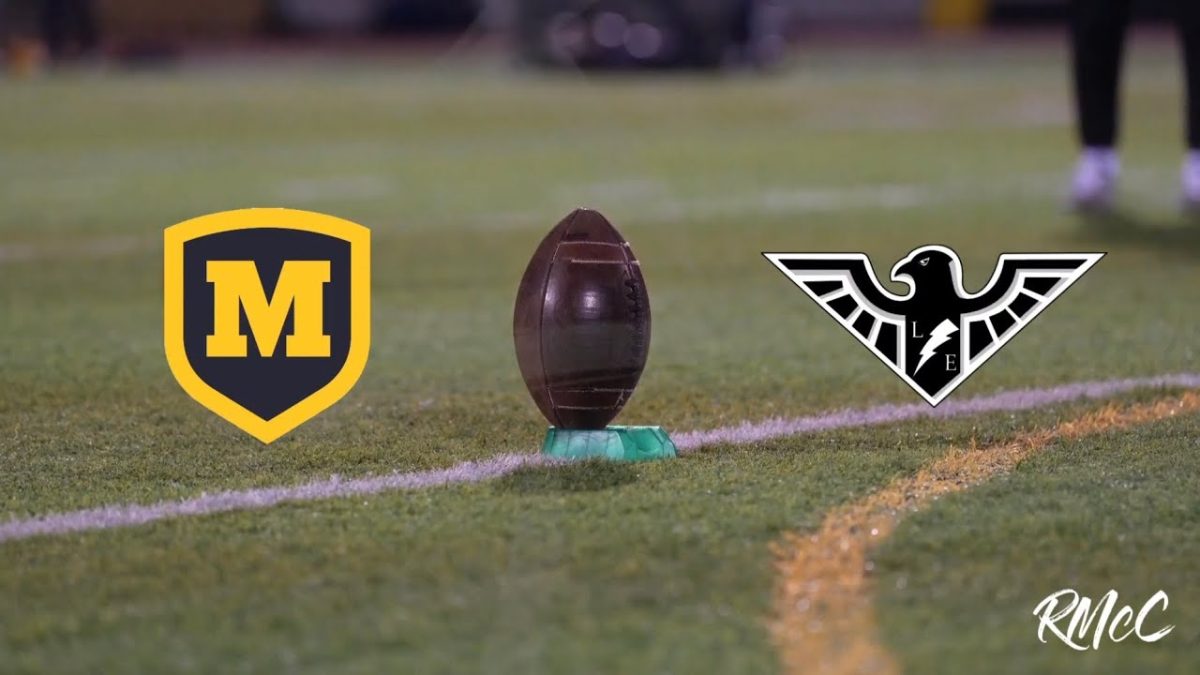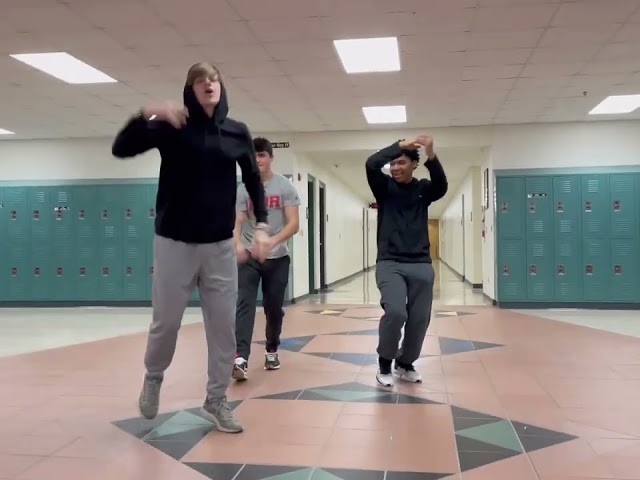On Aug. 14 and 15, students across the Lakota district adjusted to the new district-wide phone policy on their first days of school.
Adjustments to the Lakota District cellphone policy, which was previously established in 2013, were led by the Board of Education and Lakota Superintendent Dr. Ashley Whitely.
Changes to the new cell phone policy went into effect immediately, but adapting to the new routine will take time.
“This is a change for students and staff and, like any change, will take some adjustment,” Whitely told Spark. “The first days of school have been very positive, with teachers and administrators explaining the new rules and expectations to our students.”
The policy currently in place as of September 2025 was voted on and established at the Lakota Board of Education meeting on Aug. 5, prior to the start of the 2025-2026 school year.
This current policy states that students may be in possession of their phones throughout the school day, but that they are not permitted to use them during class-time, study hall, and any advisory bells. However, students are allowed to use their phones during lunch, in-between classes, at after-school activities, and while on school vehicles.
While students are allowed to have their personal cellphones on them at all times, it is recommended that they put them in pouches that are now at the front of every classroom in grades 7-12.
Long before this, the updates were made to align with the restrictions that were approved in the Ohio state budget by Governor Mike DeWine on June 30 of this year.
In April, the board voted to revise cellphone policy 5136 that allowed teachers to decide when phones were used in their individual classes. This is initial policy was created in response to the initial state mandate that required school districts to have some kind of cellphone policy in place. Lakota’s revisions were made after input from community members was gathered at “Community Conversations” meetings last school year.
However, in June of 2025, with the passing of new Ohio legislation requiring school districts across the state to prohibit either phone usage or possession throughout the “instructional day” by Jan. 1 2026, Lakota officials had to rethink their previous changes to the cellphone policy.
“When the state passed this law, the term ‘instructional day’ left a little bit of room for interpretation,” East Freshman Associate Principal Bill Brinkman told Spark. To preemptively align with the new legislation at the time, the board voted to put the most recent policy into place, which passed on Aug. 5, 2025.
In this rendition of the policy, Lakota administration defined “instructional day” based on how the state defines it for attendance purposes, which does not include lunch or passing bells.
Almost immediately following this decision by the board however, Ohio lawmakers altered their legislation to be more specific about what the term “instructional day” means.
“After the School Board adopted the new policy, the State made further revisions which will require Lakota’s school board to update its policy again, prior to January 2026,” said Whitely.
Starting Jan. 1, 2026, state-wide law bans the use of cellphones and other personal electronic devices during the “instructional day” in all “school districts, community schools, and STEM schools,” according to the Ohio Department of Education and Workforce (ODEW).
This school day usage of cellphones “includes not only formal instruction time but also supervised activities, such as transitioning between classes, recess, meal periods, and field trips,” according to the ODEW.
The altered wording of this legislation now makes it so that students across the state will not be able to use any personal devices from the time school starts to the time it ends, with some exceptions. These exceptions include health concerns, “student learning,” and school emergencies according to the ODEW.
On Oct.13 there will be a policy meeting discussing the options provided by the state for an updated cellphone and personal device policy for Lakota.
It is likely, according to Whitely, that the district will be given the same option as was given when the state-wide restrictions were put into place initially: to prohibit the use of personal devices or to prohibit the possession of personal devices during the school day.
Board members and Lakota administrators are likely to continue to implement the first option because of the feedback they have gotten from parents and students about safety concerns, according to Whitely.
Some students have expressed various opinions about this new change for their day-to-day.
“I think it is very extreme and the way it is being made to be executed [by state law] seems like a way to punish students [for over-usage of cellphones] instead of addressing the problems in our schools,” East junior Julia Mayerik told Spark. “It will be harder to communicate with my friends and my parents about certain things.”
According to Lakota School Board President Julie Shaffer, the board is not able to consider as much community input as they would like to about the next cellphone policy update before Jan. 1, 2026.
“This policy was revised, and will be revised again, to follow strict state law,” Shaffer told Spark. “Unfortunately, we do not have the flexibility to modify the policy with the feedback from our community.”
Brinkman also recognizes this constraint.
“We do not have the option of agreeing with it or not; it is a state law,” said Brinkman. “[The Ohio House and Senate] passed the law and that left it up to the interpretation of the school districts to put their own policies into place.”
If students do not follow the new policy, discipline will be followed through the steps of the student code of conduct. This includes different steps depending on the severity of the rule breakage.
Although it may be a signifi cant adjustment at fi rst, Brinkman is optimistic that problems with student cellphone usage will decline in the future.
“I think those negatives are going to turn positive once we see how well students are going to be focused and less distracted in class,” said Brinkman.
Some teachers believe that the policy allows them to better focus on their classroom.
“Overall, if I am not spending time policing the phones, earbuds, and watches, then I am spending more time working on things that need to be worked on,” East Computer Science teacher Leslie Slaven told Spark. “[Managing cellphone use is] more than what we should be dealing with in a classroom setting.”
East Principal Matthew MacFarlane has hope that the impact of phone restrictions will be positive.
“I am a very optimistic person, so I am hopeful that it will have a positive eff ect,” MacFarlane told Spark. “Like any change, there will be a bit of resistance and teaching that goes along with it.”



